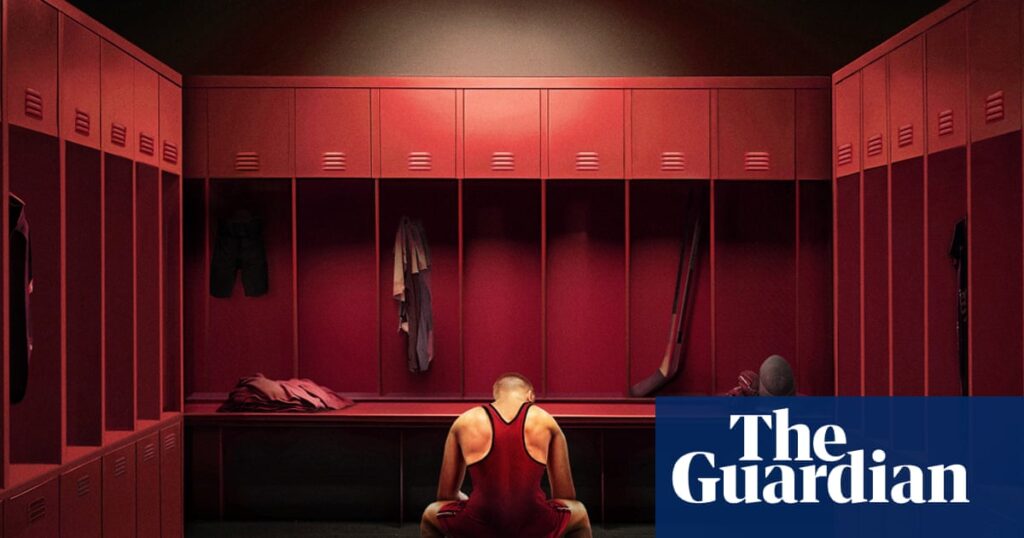
Ohio State University, renowned for its formidable presence in intercollegiate sports, is embroiled in a scandal that casts a long shadow over its illustrious reputation. The university, which boasts 36 varsity sports teams and spent a staggering $292.8 million on its sports programs in 2024, is now under scrutiny for one of the most shocking sexual abuse scandals in U.S. history. This scandal, involving the late Dr. Richard Strauss, has been brought to light in a new documentary, Surviving Ohio State, directed by Eva Orner.
The documentary, which premiered at Tribeca and is set to release on HBO, delves into the harrowing accounts of at least 177 male students who were abused by Strauss during his tenure at Ohio State from 1978 to 1998. Despite the university’s pride and success in sports, these revelations have exposed a darker side, challenging the institution’s image and raising questions about accountability and justice.
Unraveling the Scandal
Dr. Richard Strauss, once a respected physician at Ohio State, perpetrated abuse under the guise of medical examinations, affecting athletes across at least 15 sports. An independent investigation revealed that the university was aware of complaints about Strauss as early as 1979, yet meaningful action was delayed until 1996. This inaction allowed Strauss to continue his predatory behavior, leaving a trail of trauma among his victims.
Orner’s documentary not only sheds light on the extent of Strauss’s abuses but also highlights the systemic failures that enabled his actions. The film features testimonies from survivors like Mike DiSabato and Mark Coleman, who describe the culture of silence and intimidation that pervaded the athletics department. These athletes, once celebrated for their toughness, found themselves powerless against a system that prioritized reputation over justice.
Comparisons and Consequences
The Ohio State scandal draws inevitable comparisons to the case of Larry Nassar, the former Michigan State University physician convicted of sexually assaulting numerous young women and girls. While Nassar’s victims were publicly supported and celebrated for their courage, the male survivors of Strauss’s abuse faced skepticism and ridicule. This disparity underscores societal biases and the unique challenges faced by male survivors of sexual abuse.
“We were powerless,” said Mark Coleman, reflecting on the helplessness felt by many athletes under Strauss’s care.
Despite Strauss’s death by suicide in 2005, the impact of his actions lingers. Survivors were denied the opportunity for legal recourse, and the university’s response has been criticized for its inadequacy. Ohio State’s $60 million settlement pales in comparison to Michigan State’s $500 million settlement, which notably included provisions to avoid further silencing survivors under non-disclosure agreements.
Institutional Accountability
The scandal has not only tarnished Ohio State’s reputation but also raised broader questions about institutional accountability in college sports. The university’s refusal to accept legal liability, despite an independent investigation confirming a cover-up, has fueled frustration and anger among survivors and advocates.
Significantly, the documentary implicates high-profile figures like Russ Hellickson, the former wrestling coach, and Jim Jordan, a congressman and former assistant coach, in failing to address the abuse. Allegations suggest that Jordan attempted to dissuade survivors from speaking out, further complicating the narrative of accountability.
“It’s Strauss. You know what he does,” Jim Jordan allegedly told a witness, according to the documentary.
Looking Forward
As the documentary continues to garner attention, it serves as a catalyst for change, urging institutions to prioritize transparency and survivor support. The film has provided a platform for survivors to share their stories, fostering a sense of solidarity and healing among them. However, the journey towards justice and reconciliation remains ongoing.
Orner’s work has not only amplified the voices of survivors but also challenged audiences to confront uncomfortable truths about power dynamics and institutional complicity. The documentary’s impact extends beyond Ohio State, prompting introspection across the collegiate sports landscape.
Ultimately, Surviving Ohio State is a testament to the resilience of survivors and a call to action for institutions to uphold their responsibilities. As the narrative unfolds, it remains to be seen how Ohio State and other universities will address the systemic issues that allowed such abuses to persist.




